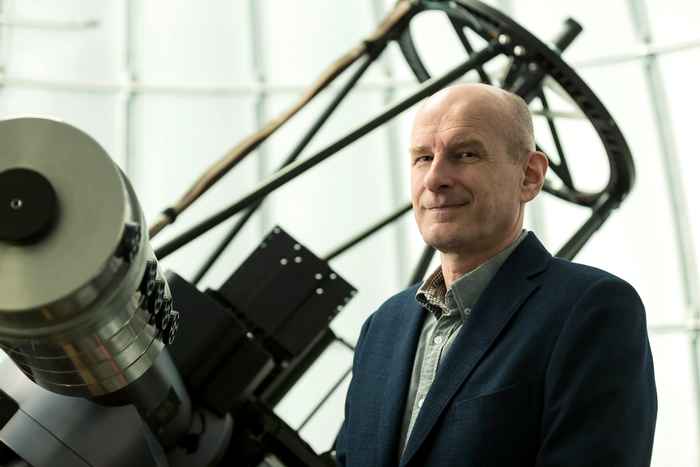Alex de Koter, professor of Astrophysics
27 January 2020

Alex de Koter studies stars massive enough that their lifecycle comes to an end in a supernova. His group’s research goal is to map and understand both the conditions under which massive stars start their lives, the physics that then directs their lifecycles, and the influence they have on their environment.
There are indications that the very first stars ever formed in the universe were massive stars. Through both observational and theoretical studies, using the largest observation facilities on Earth and in space, De Koter hopes to come to a greater understanding of these first stars and their role in the formation of galaxies.
He will focus on the study of massive stars in distant galaxies, a research area that anticipates the development of a multi-object spectrograph for the Extremely Large Telescope in Chile.
About Alex de Koter
De Koter has been working at the Anton Pannekoek Institute of Astronomy at the University of Amsterdam since 1997. He has also been a professor at KU Leuven since 2012. From 2008-2013, he was professor by special appointment at Utrecht University. De Koter worked at NASA's Goddard Space Flight Center for four years and was one of the first astronomers to use the Hubble Space Telescope after Space Shuttle Servicing Mission 1, during which astronauts installed equipment to adjust the primary mirror for an aberration that severely hampered the telescope’s imaging qualities.